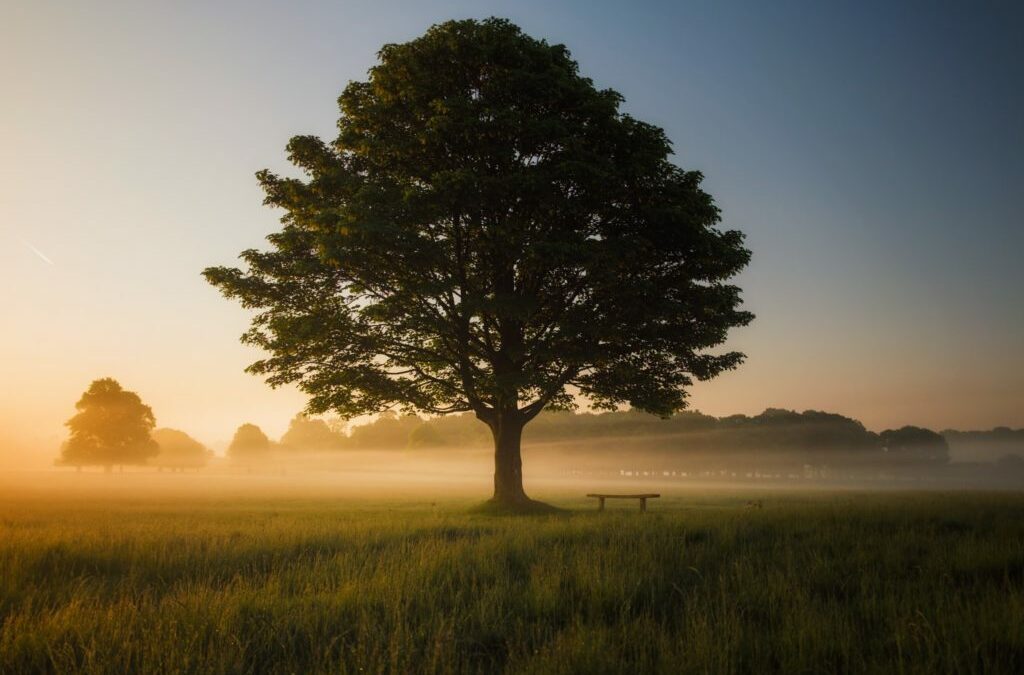Oaks in Pennsylvania
Oaks are a common tree found in Pennsylvania. In fact, the oak/hickory forest type dominates the southern two-thirds of the state. Oaks are well known and enjoyed due to their many attributes, including beauty, timber, food for wildlife, firewood, and their ability to attain a large size.
Oak trees aren’t all the same. Sure, they all produce acorns (some even call them “acorn” trees) but there are many distinguishing characteristics that identify individual species. In the U.S. alone there are more than 90 species of oak (more than 500 worldwide) and nearly 20 are native to Pennsylvania.
All oaks belong to the genus Quercus and fall into two main groupings, red oaks and white oaks. Both groups are characterized by acorns as a fruit, leaves that are alternately arranged and typically have prominent lobes and sinuses (with some exceptions), and a cluster of buds at the end of the twig.
Red Oaks
Red oaks tend to have dark gray to blackish-gray bark, the lobes of the leaves are tipped with a bristle, and the buds are pointed. The bark can vary from a ridge and valley pattern to coarsely blocky. Red oak acorns mature over two growing seasons and once on the ground do not germinate until spring. Northern red oak, black oak, scarlet oak, and pin oak all belong to the red oak group.
Red oaks can grow to massive size and old age. Mature northern red oaks usually grow from 65 to nearly 100 feet tall and 3-4 feet in trunk diameter (measured at 4.5’ above the ground). Open-grown yard trees tend to have short trunks and spreading crowns. In general, their branches don’t spread as far laterally as white oaks do. Forest-grown trees develop tall, straight trunks with large crowns. They are typically a dominant tree in the forest canopy, growing above many other tree species.
White Oaks
White oaks are characterized by bark that varies considerably from plates to coarsely blocked and textured, but typically is ashy gray in color. The lobes of the leaf are rounded, instead of bristle tipped, and the buds are rounded. White oak acorns mature in one year and will germinate soon after falling to the ground, growing a root, called the radical, into the soil. White oak, swamp white oak, chestnut oak, and bur oak all belong to the white oak group.
Like red oaks, white oaks grow to impressive size and age. White oaks can be found 80 to 100 feet in height and over 4 feet in trunk diameter. Individual trees have been observed growing 150 feet tall and 8 feet across. Trees 600 years of age have been recorded. When grown in the open as yard trees they are characterized by short stocky trunks with wide, spreading crowns. When growing in the forest, white oaks develop tall straight trunks with compact crowns.
In addition to the leaves and outward appearance of the trees, the wood of white and red oaks have a few important distinctions. Most notably, the wood of white oaks is decay resistant, while red oak wood is not. Red oak lumber absorbs moisture easily and will stain black if water gets below the surface. White oak, on the other hand, is a closed-grain wood and is almost completely impervious to water. Thus it is the preferred wood for making wine and whisky barrels.
Food and Habitat
Oaks provide important sources of food, including acorns, leaves, and sap, and shelter for countless birds, mammals, and insects. The number of moth and butterfly caterpillars hosted by oaks numbers nearly 900 different species in U.S. oak forests. Because caterpillars love oaks, so do birds. Nine out of every ten terrestrial bird species raise their young on insects, mostly caterpillars. If you want to help birds, grow oaks.
Landscape
The addition of oaks in the landscape will provide desirable shade and aesthetic beauty, increase diversity, and help support an array of wildlife. Be sure to consider the production of acorns periodically (some years will be bumper crops), leaf litter that decomposes more slowly, and the threat of gypsy moths and oak wilt disease. Oaks in the white oak group tend to be more resistant to oak wilt than red oaks.
Pruning to Preserve Oaks
Also consider mature tree size when planting oaks, providing adequate canopy and rooting space. To ensure strong trees for the future, structural pruning when trees are young is an important part of their maintenance. Additionally, pruning oaks from November 1st to April 1st, when insects are dormant, will help limit the spread of diseases like oak wilt.
In addition to the diverse oak species, the state’s forests host an array of other trees native to Pennsylvania, each contributing to the ecological richness and landscape variety. From the majestic Eastern Hemlock, Pennsylvania’s state tree, to the tough Eastern White Pine and the vibrant Yellow Birch, these native species have adapted over millennia to thrive in the state’s unique conditions. Recognizing and preserving these trees is not just about honoring Pennsylvania’s natural heritage—it’s about ensuring the health and balance of our local ecosystems for generations to come.
Contact the arborists at Cutting Edge Tree Professionals by calling 814-201-9757 or using our contact form here for assistance with your oaks and other trees growing on your property.

